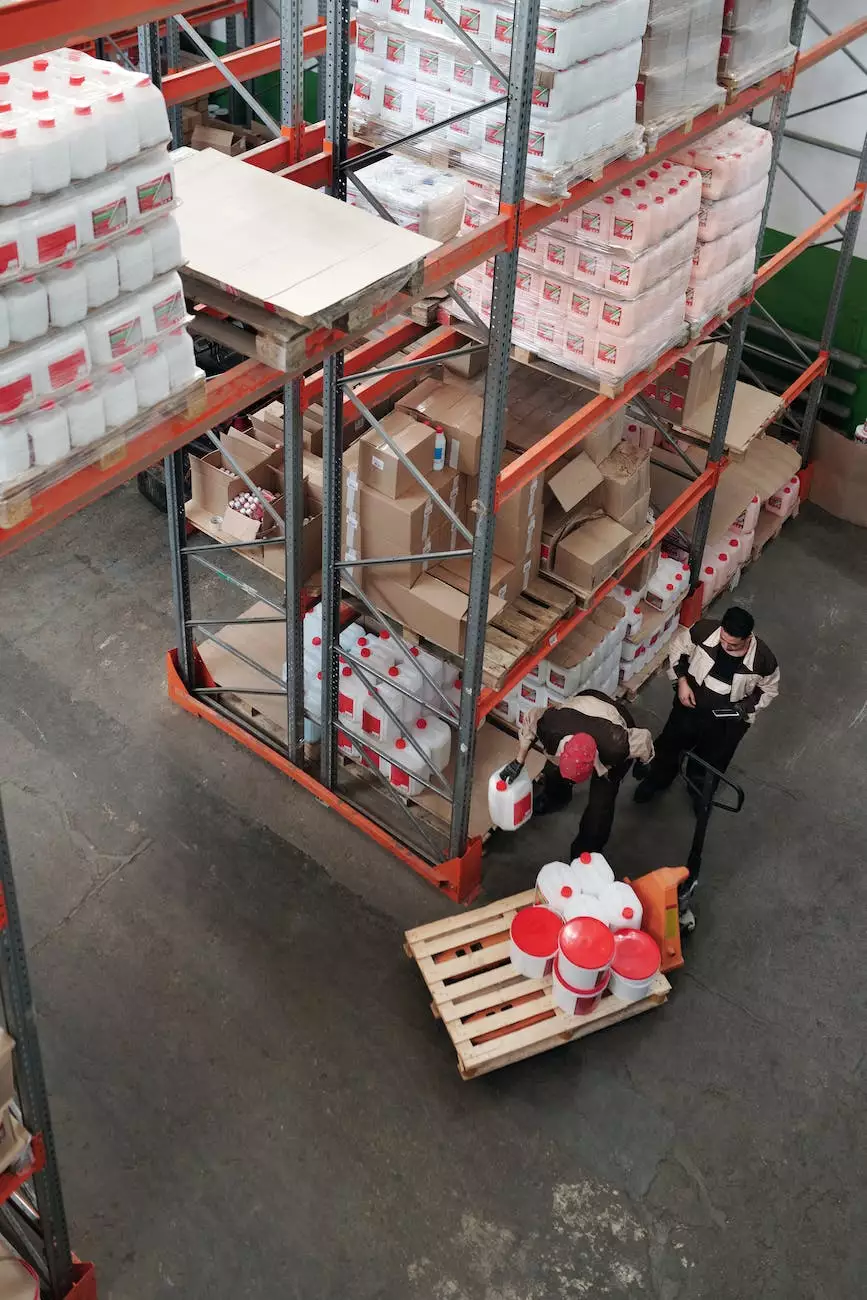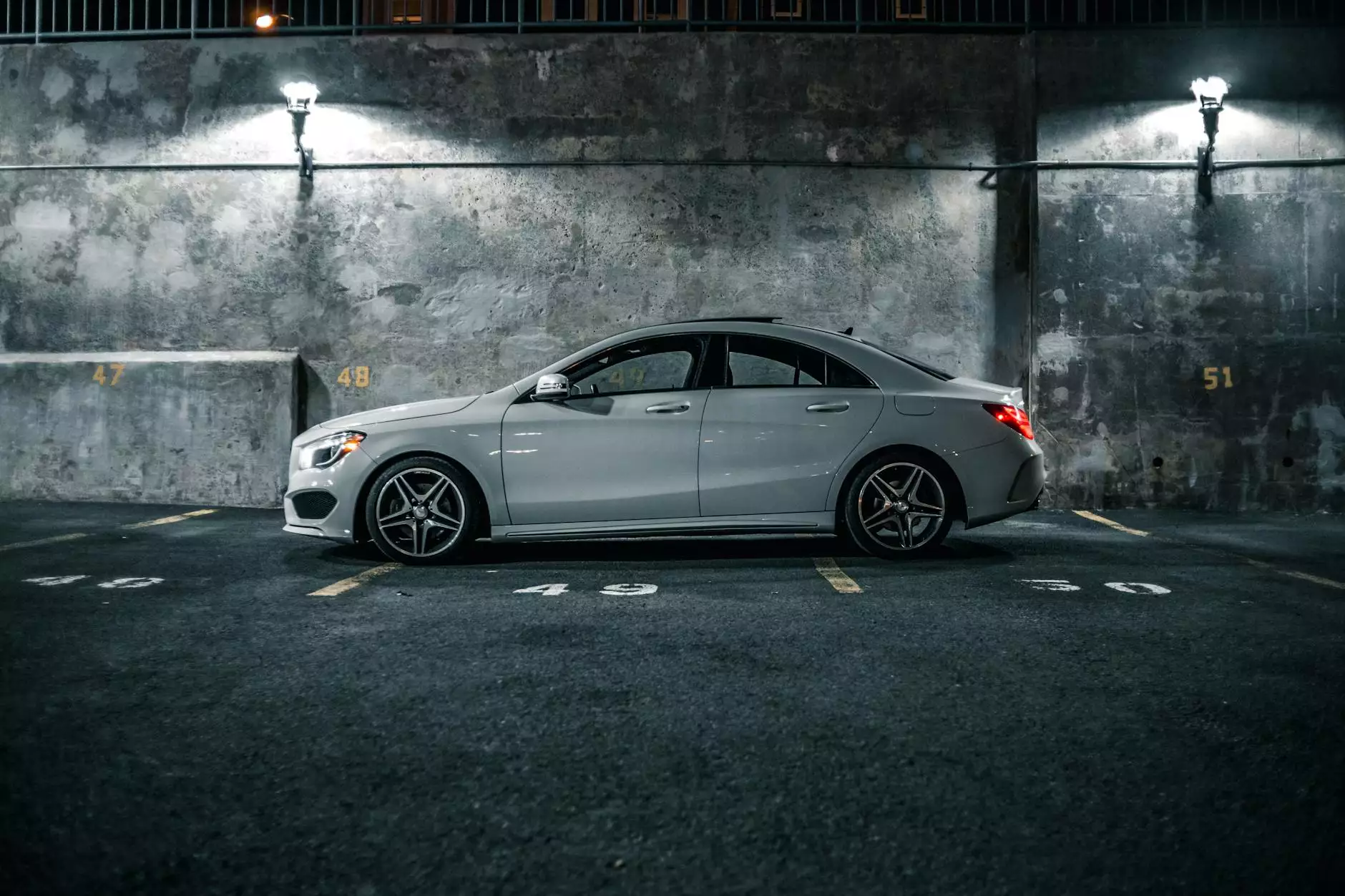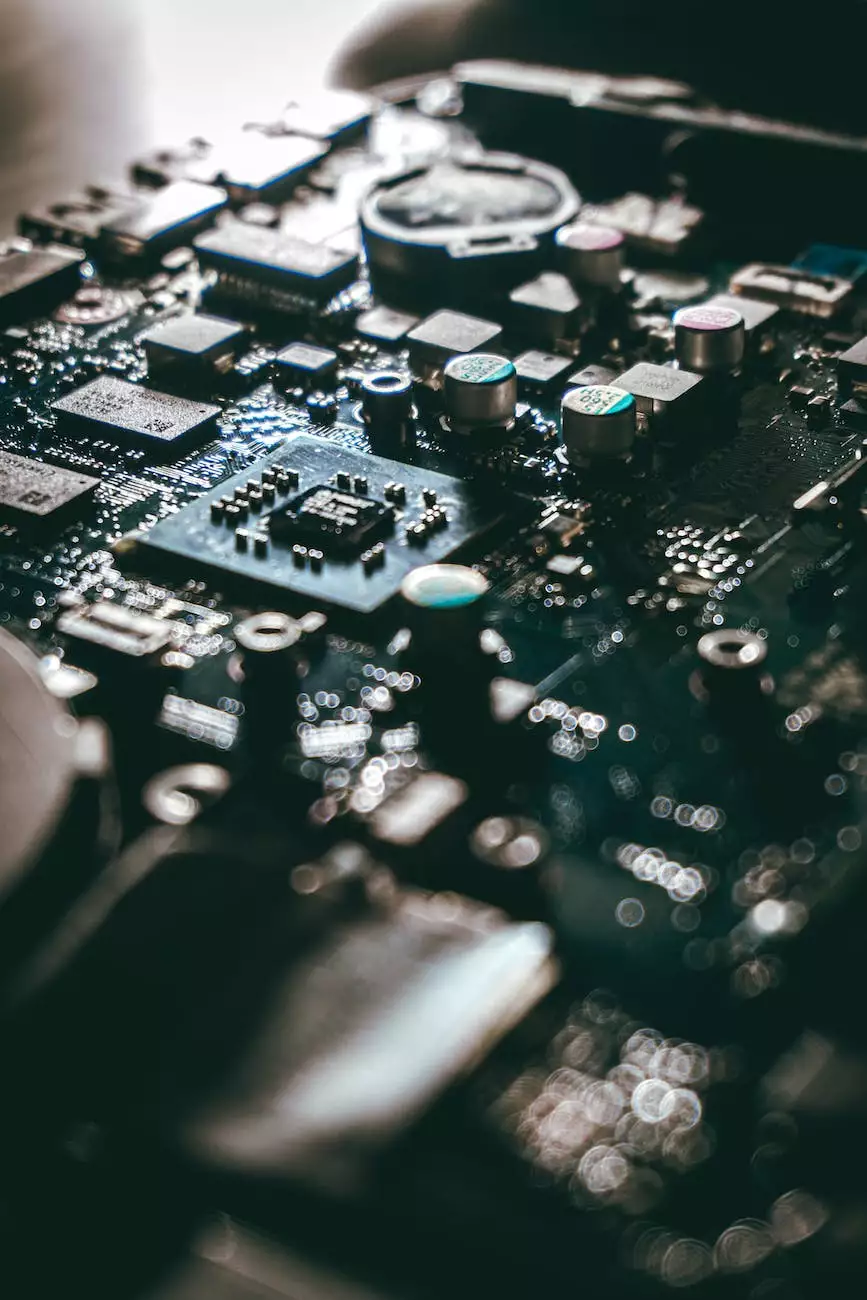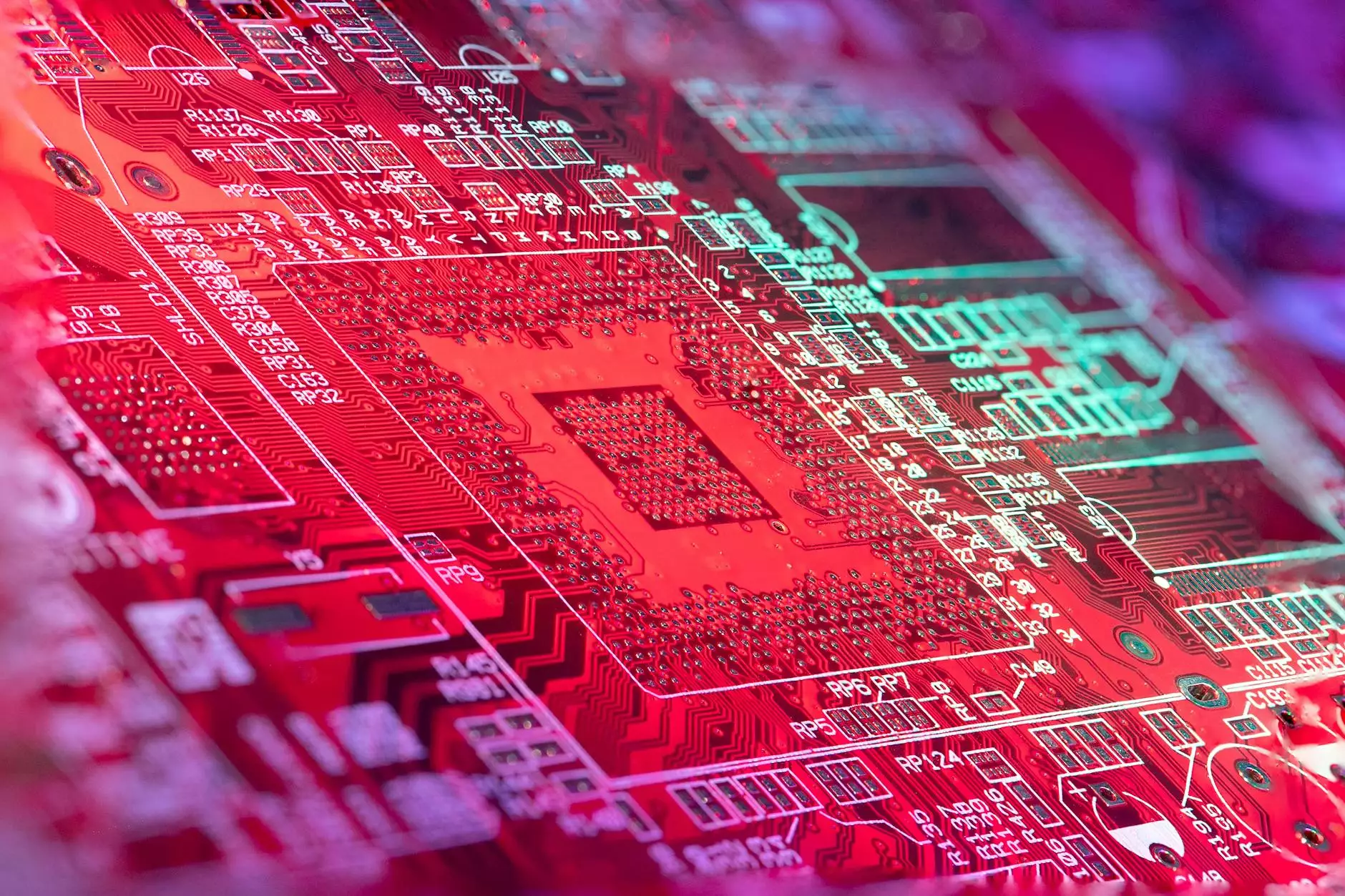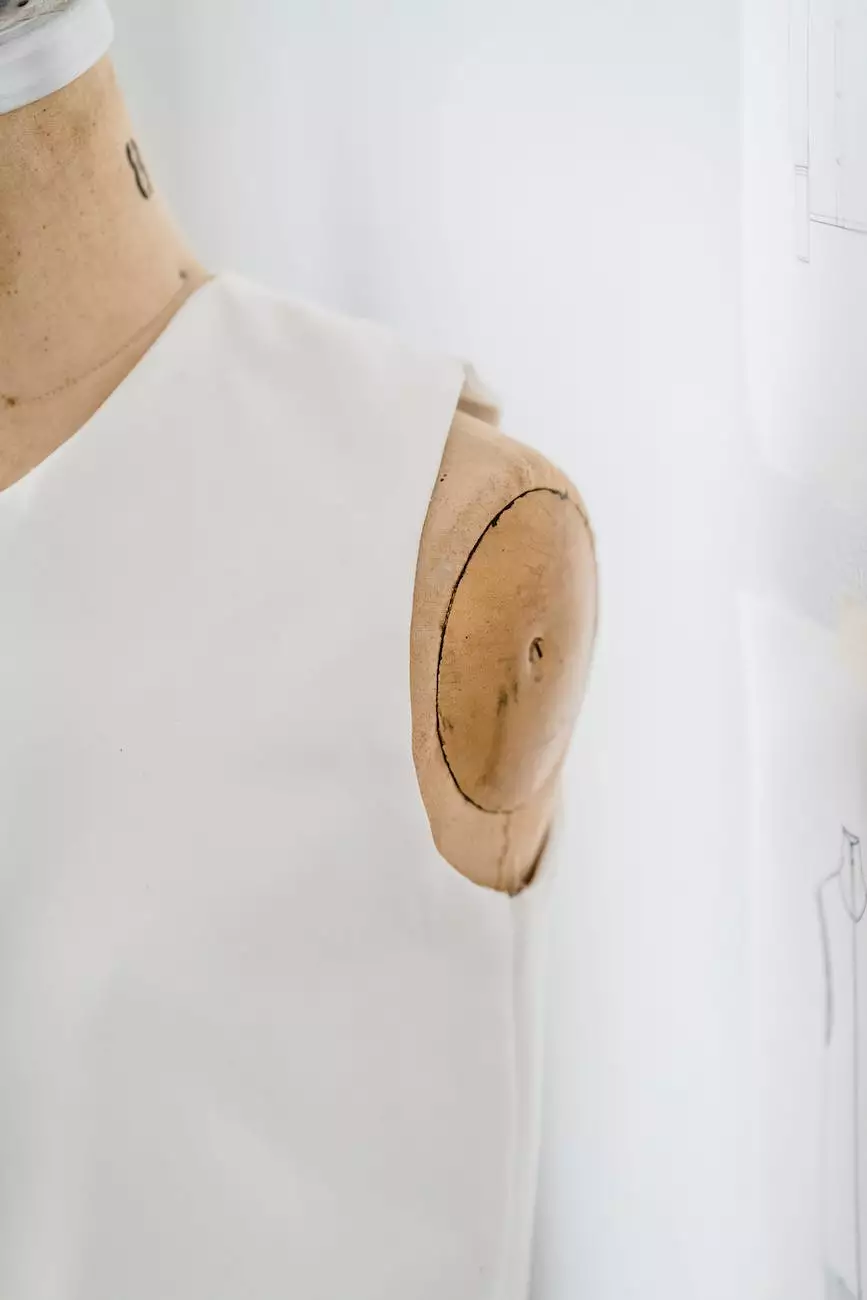Guide on Essential Processes to Make a Robust Robot Design
Design & Build Services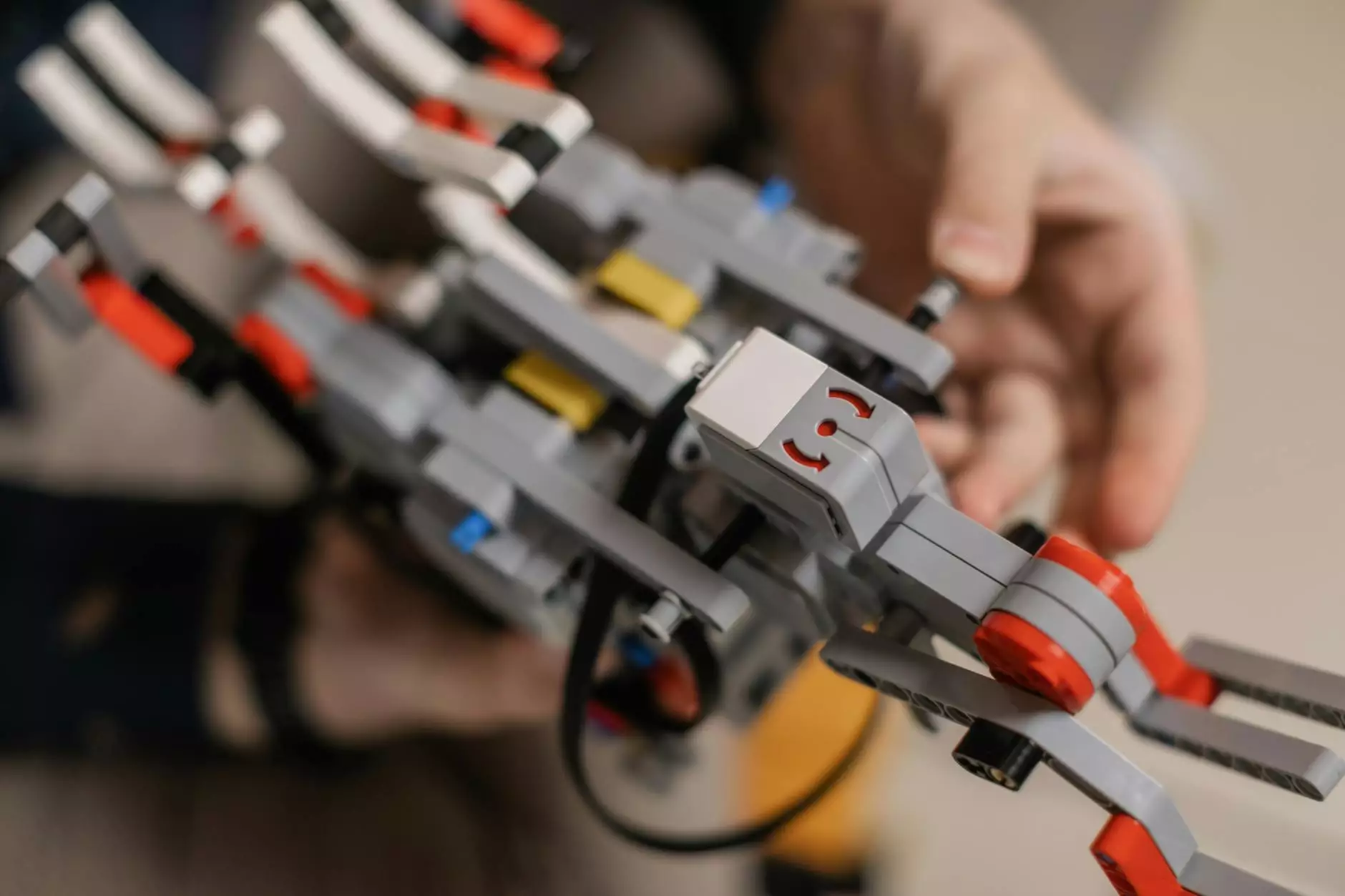
Introduction
Welcome to RPM Design and Prototype's comprehensive guide on essential processes to make a robust robot design. If you are interested in creating high-quality and reliable robots, you've come to the right place. In this guide, we will take you through the step-by-step process of designing, developing, and manufacturing robots that exceed expectations.
1. Concept Development
Creating a successful robot design starts with a solid concept development phase. During this phase, our team of experienced engineers and designers brainstorm ideas, define the robot's purpose, and outline the desired functionalities. By understanding the specific needs and requirements of the project, we can create a tailored design that meets and exceeds expectations.
1.1 Research and Analysis
Thorough research and analysis are essential to gain insights into existing technologies, market trends, and potential competition. By staying informed about the latest advancements in robotics, we can ensure that our designs are innovative and cutting-edge.
1.2 Ideation and Conceptualization
Using the knowledge gained from the research phase, our team develops multiple design concepts. We evaluate each concept based on its feasibility, functionality, and alignment with the project's objectives. Through iterative processes, we refine the ideas, selecting the most promising one to move forward with.
2. Detailed Design
Once the concept is finalized, we dive into the detailed design phase. This phase involves creating precise technical drawings, specifying the materials, and designing the various components of the robot. We pay close attention to ergonomics, manufacturability, and design for assembly to ensure the robot is not only functional but also efficient to produce.
2.1 CAD Modeling and Simulation
We utilize advanced computer-aided design (CAD) software to model the robot's components and simulate their performance. This allows us to detect and resolve any design flaws or functional issues before moving forward. Through simulations, we can optimize the robot's performance, ensuring it operates seamlessly in real-world scenarios.
2.2 Material and Component Selection
Choosing the right materials and components is crucial for building a robust and reliable robot. We consider factors such as strength, durability, weight, and cost when selecting materials. Similarly, we carefully evaluate each component to ensure compatibility, efficiency, and longevity.
3. Prototyping and Testing
Prototyping and testing are integral steps in the robot design process. We create functional prototypes to test the design's performance, identify potential issues, and gather feedback for improvements. Through rigorous testing, we make sure that the robot meets the desired specifications and functions flawlessly in real-world conditions.
3.1 Rapid Prototyping
Rapid prototyping techniques, such as 3D printing, enable us to quickly generate physical models of the robot design. This allows us to verify the form, fit, and function of the components, making necessary adjustments as needed. Rapid prototyping expedites the iteration process, saving time and cost in the overall development cycle.
3.2 Performance Testing
To ensure the robot's reliability and performance, we subject it to a series of rigorous tests. These tests evaluate its capabilities, endurance, and adherence to safety standards. By simulating real-world scenarios, we can identify potential issues and optimize the design for optimal performance.
4. Manufacturing and Assembly
Once the design is perfected, we move into the manufacturing and assembly phase. We work closely with trusted partners and manufacturers to bring the robot design to life using high-quality materials and state-of-the-art technologies. Our attention to detail and quality control measures ensure that the final product is of the highest standard.
4.1 Supply Chain Management
We carefully manage the supply chain to ensure timely delivery of materials and components. Our strong relationships with reliable suppliers enable us to maintain consistency and quality throughout the manufacturing process. We prioritize ethical sourcing practices and strive for sustainability in our operations.
4.2 Assembly and Quality Assurance
Experienced technicians meticulously assemble the robot, following precise instructions and quality assurance protocols. Every step of the assembly process is closely monitored to ensure accuracy and adherence to design specifications. Our rigorous quality control measures guarantee that each robot leaving our facility is fully functional and reliable.
5. Final Thoughts
Congratulations! You have now gained a comprehensive understanding of the essential processes required to make a robust robot design. At RPM Design and Prototype, we are passionate about creating cutting-edge robots that push the boundaries of innovation. By leveraging our expertise and following our proven methodologies, you can achieve remarkable results.
Remember, designing a robot is a dynamic and iterative process. Continuously seeking improvement, embracing new technologies, and staying current with industry trends will ensure that your designs are always at the forefront of innovation.
For further information or assistance with your robot design project, please reach out to us at RPM Design and Prototype. Our team of experts is eager to work with you, turning your vision into reality.



